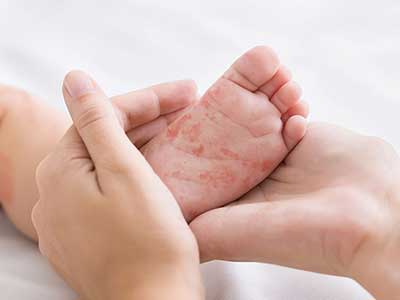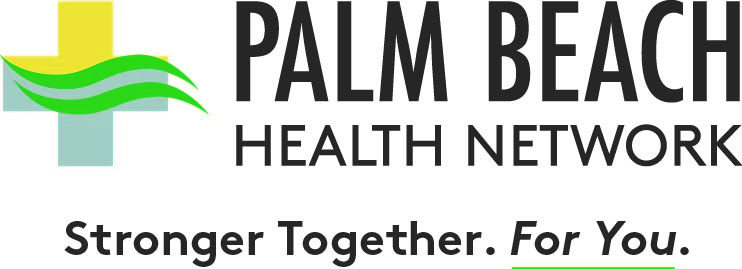Healthy Living
Baby Rash Conditions and Treatments

Most rashes on babies are common and harmless. While they may cause irritation, rashes on babies rarely cause an emergency trip to the hospital. However, some rashes can indicate a more serious illness especially if it is accompanied with fever and other symptoms.
What Rashes Can Children Have?
A rash or dermatitis is the swelling or irritation of the skin that can be bumpy, flat, red, dry, scaly and itchy. There are many reasons why babies develop rashes, such as switching to a new soap. Other skin disorders can cause rashes, too. Some of the most common types of skin rashes on babies include the following:
- Diaper rash
- Drool rash
- Cradle cap
- Eczema
- Erythema toxicum
- Acne
- Impetigo
- Fifth disease
- Hand, foot and mouth disease
- Allergic reactions
- Heat rash or prickly heat
- Hives
- Meningitis
- Infectious rashes, such as measles, chickenpox, scarlet fever and roseola
How Do You Treat a Rash on a Baby?
While most rashes on babies do not call for an emergency, it can be alarming for parents especially when a baby may seem to be sick, irritable or uncomfortable. Most rashes clear on its own after a few days and can be managed at home.
Here are some helpful tips for baby rashes:
- Diaper rash remedies include keeping the skin dry, frequent diaper changes, using wet cloth for wiping instead of pre-packaged wipes that may contain alcohol and chemicals, using barrier ointments or creams to reduce friction and minimizing acidic foods in your baby's diet.
- Avoid powders in treating heat rash as well as ointments and creams as they tend to keep the skin warmer and block the pores.
- Consult with a physician to treat hives. Some causes require prescription medicines to help stop the itching.
- Water combined with mild baby soap can help treat baby acne most of the time. Avoid using acne medicines for adolescents and adults on your baby.
- Cradle cap can be treated by washing your baby’s hair with water and mild baby shampoo. To remove dry skin flakes, use a brush or apply oil to the scalp to soften the flakes and wash out with water.
- Treat eczema on babies by reducing scratching and keeping the skin moisturized. Keep your baby’s fingernails short to minimize scratching, avoid using non-hypoallergenic soaps that cause sensitive baby skin to dry more easily, apply moisturizing cream or ointment right after every wash, avoid hot/long/bubble baths and dress your baby with loose, cotton clothing to help absorb perspiration.
When Should I Be Concerned About My Baby’s Rash?
Rashes that occur with other symptoms can be a sign of an allergic reaction or more serious diseases that may require immediate medical attention. Your baby may need to see a pediatrician or a dermatologist if they have any of the following symptoms along with a rash:
- A stiff neck
- Sensitivity to light
- Confusion
- High temperature or other unexplained symptoms associated with the rash
- Difficulty breathing (you may notice grunting noises or their tummy sucking under their ribs)
- Pale, blue, gray or blotchy skin, lips or tongue
- Signs of infection, such as any area that looks wet, oozing or red
- A rash that extends beyond the diaper area
- A rash that is worse in the creases of the skin
- Blisters
- No improvement after three days of home treatment
- Significant scratching
While rashes are common among babies, it is important to pay close attention to similar symptoms that may point to other infectious diseases, such as meningitis. Go to the nearest emergency room or dial 911 if your baby’s rashes are combined with other symptoms. Our team of compassionate and experienced doctors and staff are here for you and your child. Please do not delay care.
